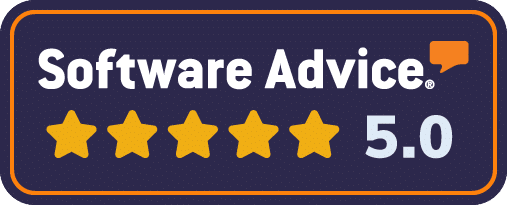The ROI of 360 Feedback: How to Prove Business Impact to Executives
Why Executives Care About ROI
HR leaders know the value of 360 feedback—but executives want proof. In the C-suite, decisions hinge on numbers, not just anecdotes. The question they’re asking is: What’s the return on this investment?
This article breaks down how to calculate the ROI of 360 feedback, the measurable outcomes organizations can expect, and how to communicate these results to win executive support.
The Business Case for Feedback
Poor leadership costs organizations millions through turnover, disengagement, and stalled strategy execution. By contrast, organizations that invest in structured leadership development see measurable improvements in performance, retention, and culture.
360 feedback is not just an HR initiative—it’s a strategic business tool that directly impacts the bottom line.
Measurable Outcomes of 360 Feedback
> Reduced Turnover Costs
- Employees leave bad managers, not jobs.
- Developing leaders through feedback reduces voluntary attrition.
- Example: Cutting turnover by 5% in a 1,000-person company can save $3M annually.
> Improved Leadership Bench Strength
- Companies with stronger internal pipelines spend less on external hires.
- 360s help identify and prepare high-potential employees.
> Higher Engagement and Productivity
- Engagement scores often rise after leaders act on feedback.
- Gallup studies show that engaged employees are 21% more productive.
> Faster Leadership Growth
- Feedback accelerates development by spotlighting blind spots and strengths.
- Shorter time to competency equals reduced training costs.
How to Calculate ROI of 360 Feedback
Formula:
- ROI = (Business Benefit – Program Cost) ÷ Program Cost
Example:
- Annual turnover cost: $5M
- Reduction after 360 program: 10% → $500,000 savings
- Program cost: $75,000
- ROI = (500,000 – 75,000) ÷ 75,000 = 567%
That’s a business case any CFO will take seriously.
Talking Points for Executives
When presenting 360 feedback to executives, focus on:
- Risk Mitigation: Reduces turnover, disengagement, and compliance risks.
- Scalability: Works across teams, geographies, and leadership levels.
- Financial Impact: Ties directly to cost savings and revenue growth.
- Strategic Value: Builds leaders aligned with business goals.
Conclusion: 360 Feedback as a Strategic Investment
360 feedback delivers measurable returns in reduced costs, stronger leadership pipelines, and higher performance. By framing the conversation in terms of ROI, HR leaders can move beyond “soft skills” and position feedback as a must-have investment for growth.


